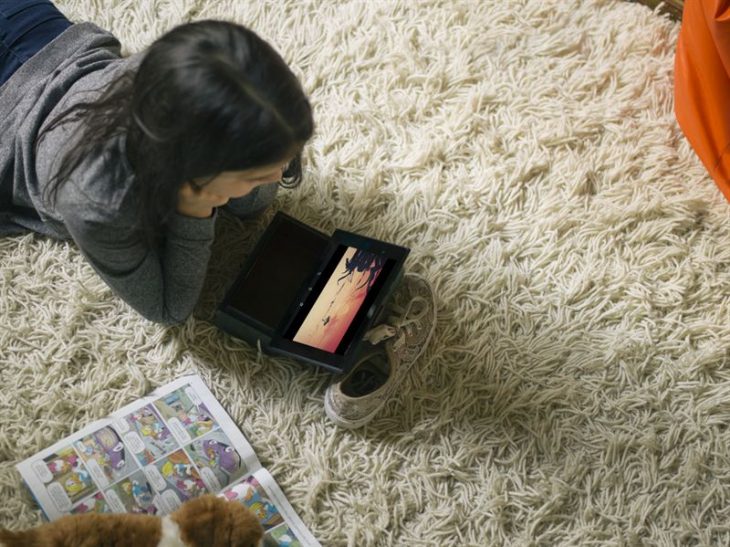
TORONTO – With time spent watching TV and video content at an all-time high, on-demand viewing will make up almost half of total viewing by 2020, says a new report by Ericsson.
Ericsson’s ConsumerLab TV and Media report for 2017 details the massive growth in TV and video viewing and the ongoing shift in the way consumers watch content. Based on 20,000 online interviews with individuals aged 16-69 in 13 countries (including Canada), the study is representative of more than 1 billion people. All respondents have a broadband Internet connection at home and watch TV or video at least once a week, and almost all use the internet on a daily basis.
TV and video content viewing now stands at 30 hours a week, including active viewing of scheduled linear TV, live and on-demand internet services, downloaded and recorded content, as well as DVD and Blu-ray, according to the report. However, close to 60% of viewers now prefer on-demand viewing over scheduled linear TV viewing, an increase of around 50% since 2010.
The average number of used on-demand services has increased from 1.6 in 2012 to 3.8 services in 2017 per person. Two in five consumers already pay for on-demand TV and video services today and nearly a third (32%) say they will increase their on-demand spending in the next 6-12 months. Portability is also becoming increasingly important factor, with more than a third of consumers wanting access to content when abroad. Smartphone viewing also continues to gain ground, with approximately 70% of consumers now watching videos on their device – double the amount from 2012 – making up a fifth of total TV and video viewing.
Content discovery is still a challenge, continues the report. The findings also show that while consumers have more access to TV and video services than ever before, the average time spent on searching for content has increased to almost one hour per day, an increase of 13% since last year. In fact, one in eight consumers say they believe that they will “get lost” in the vast amount of available content in the future. In addition, six in 10 consumers now rank content discovery as “very important” when subscribing to a new service, while 70% want "universal search for all TV and video".
The report adds that the social and immersive quality of VR technology is helping to add a new and valuable dimension to the viewing experience. With a third of consumers projected to be VR users by 2020, the technology is expected to play an essential role in the future of TV and video.
However, if consumer interest in VR is to increase, several things will need to change. Close to 55% of consumers planning to get VR devices would prefer it if the headsets were cheaper, and almost half think there should be more immersive content available. A third would be more interested in VR if they could get a VR bundle from their TV and video provider.
Consumers also value high quality viewing experiences as well as immersive experiences. Close to a quarter of the surveyed consumers say that they already have access to a 4K UHD TV screen and another third plan to get one.



